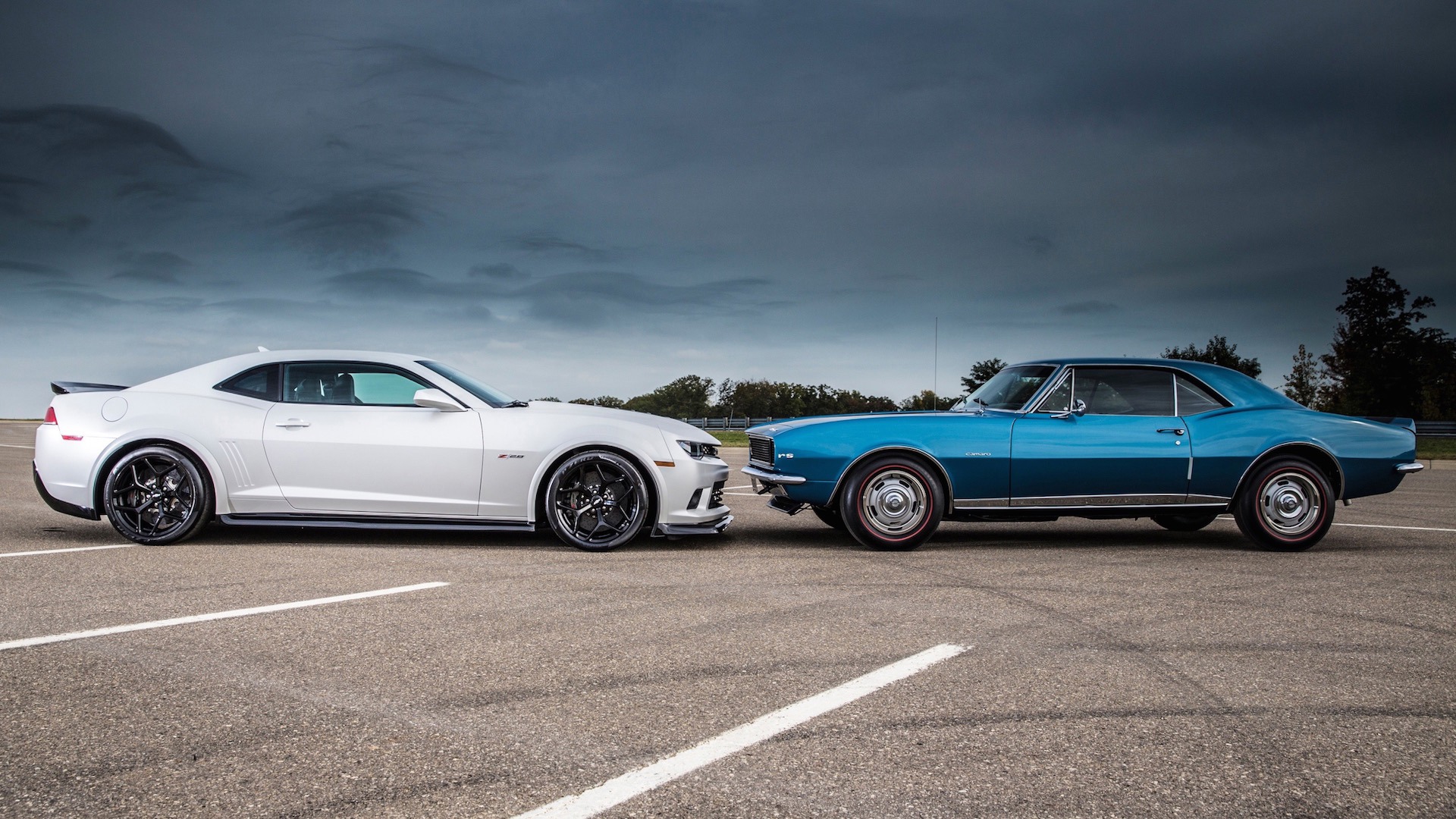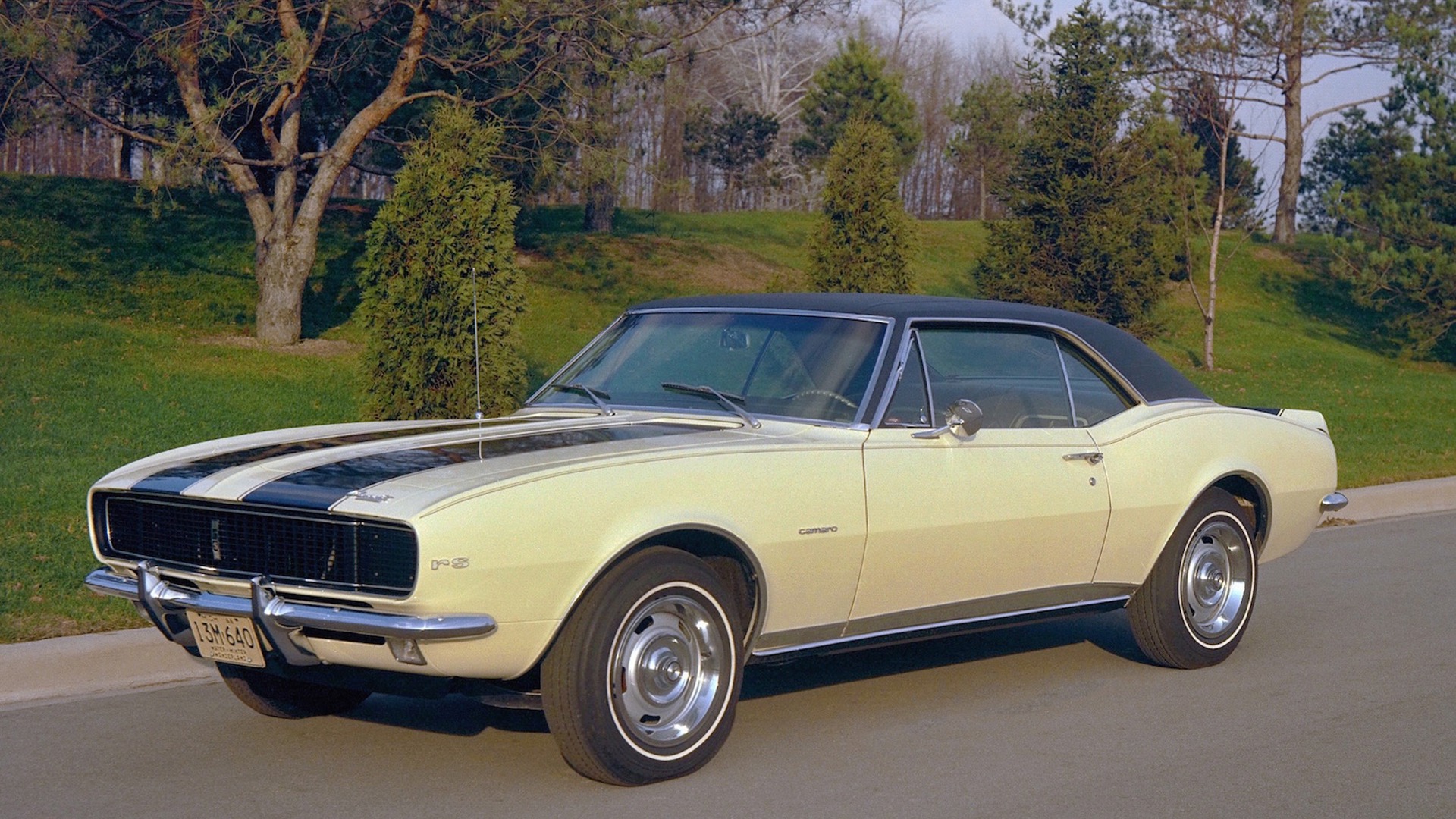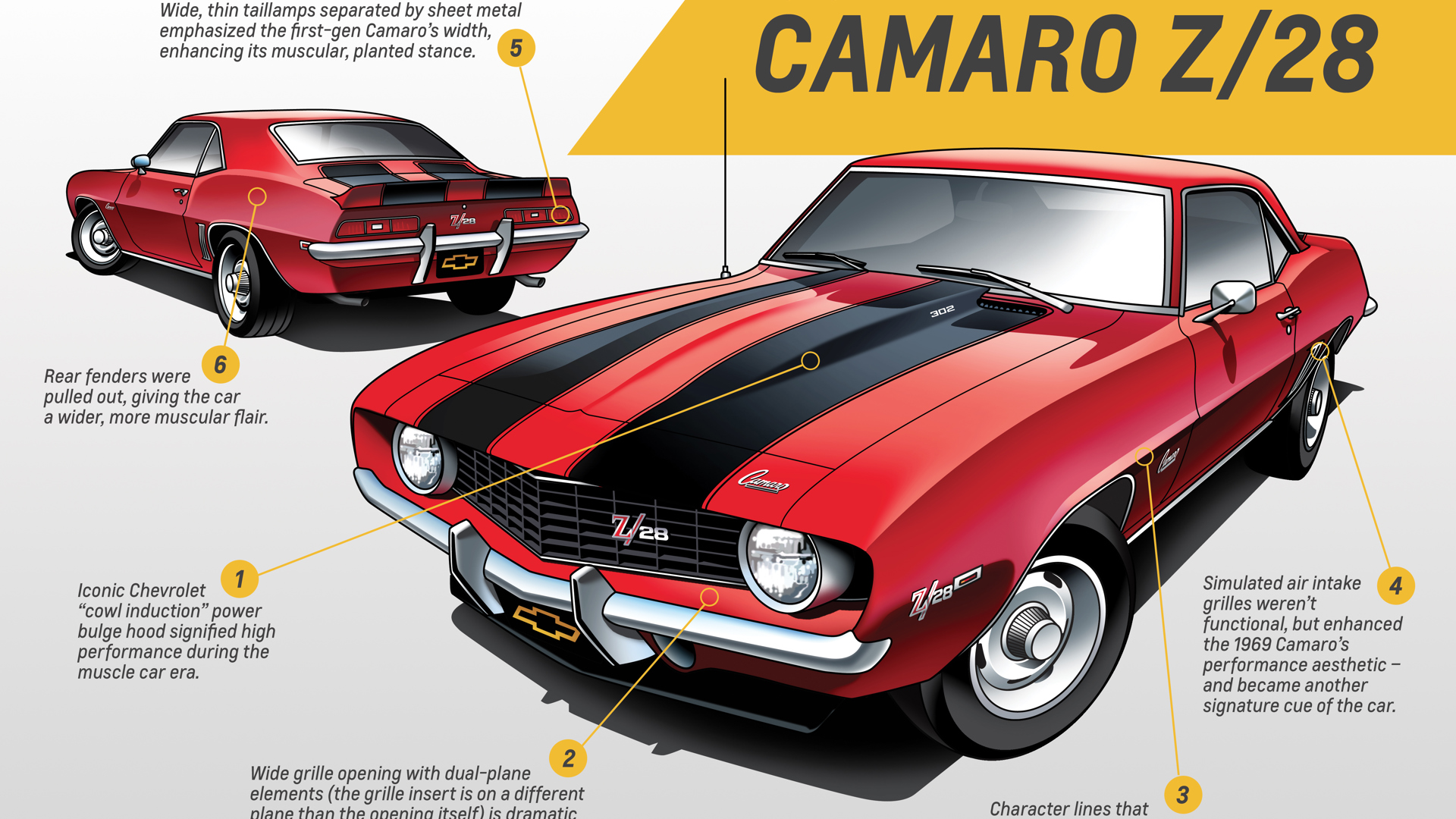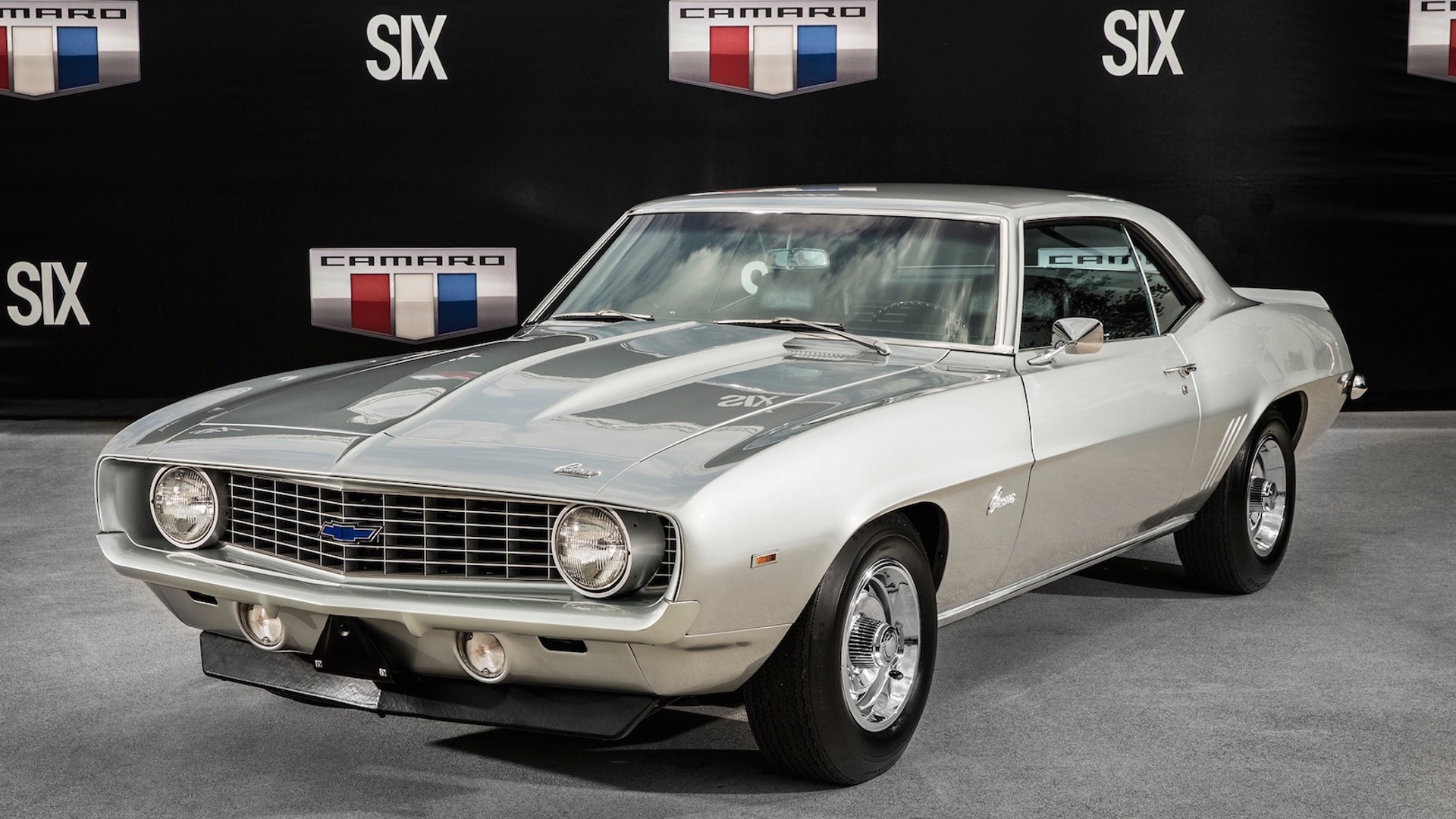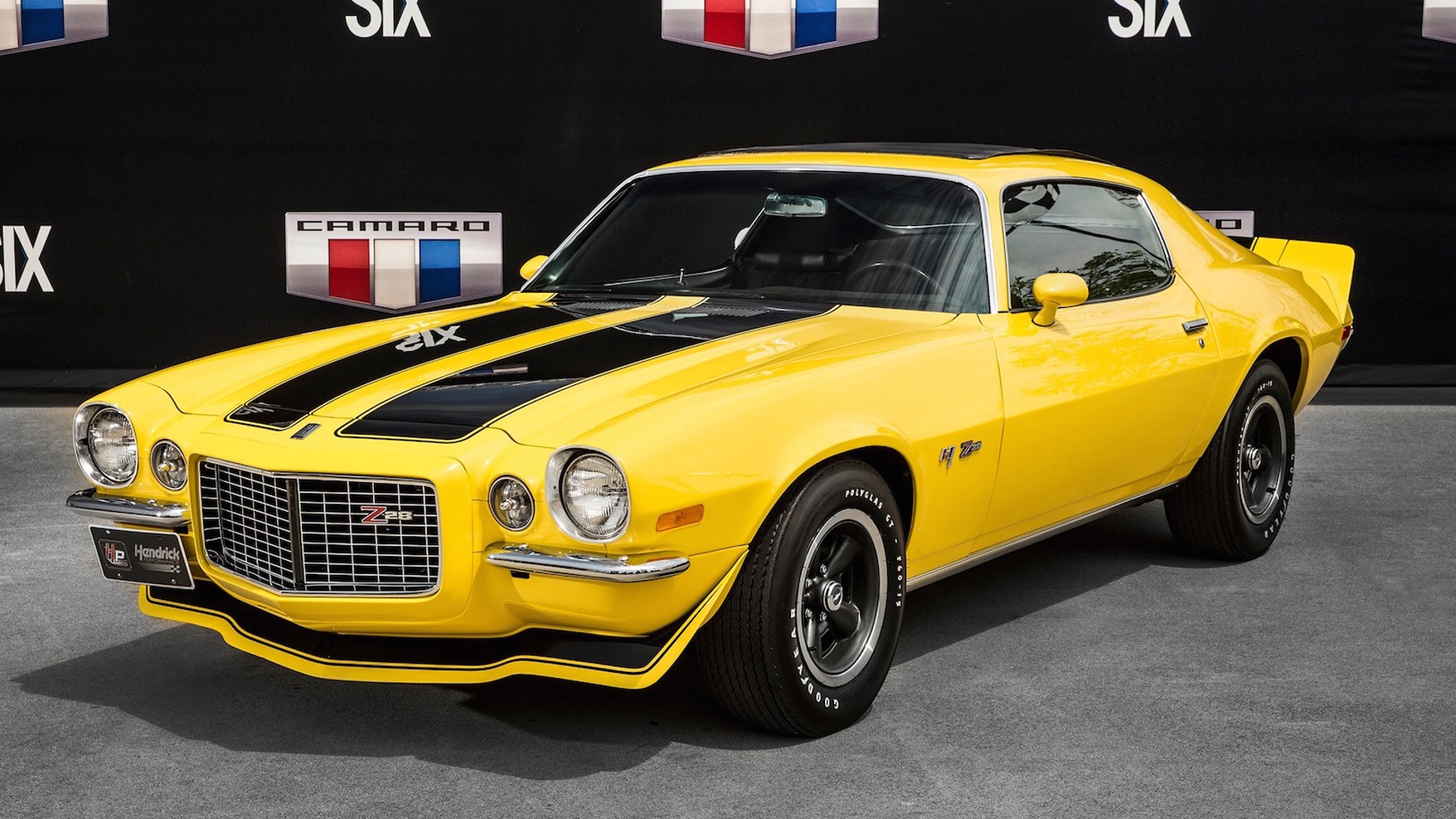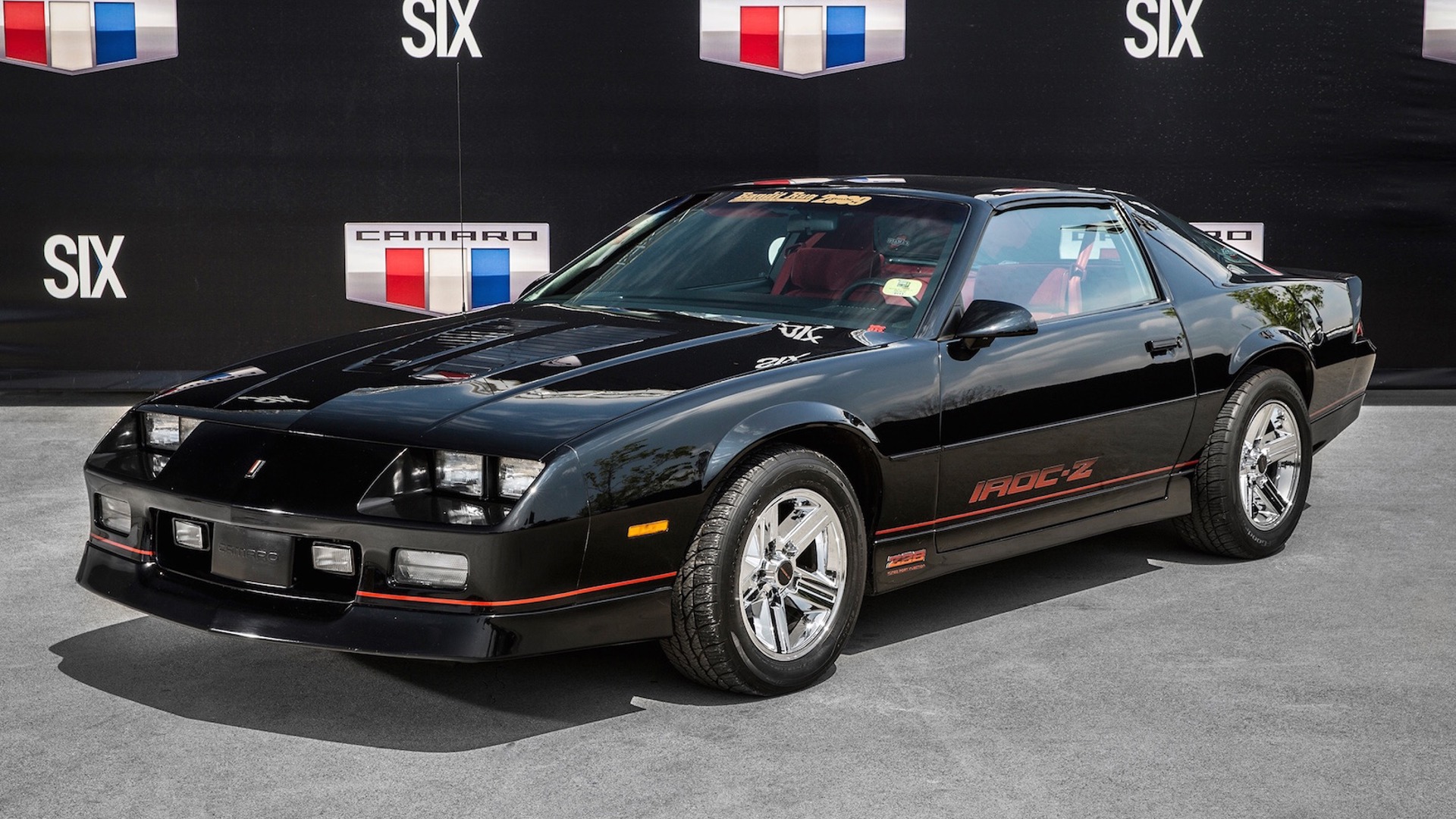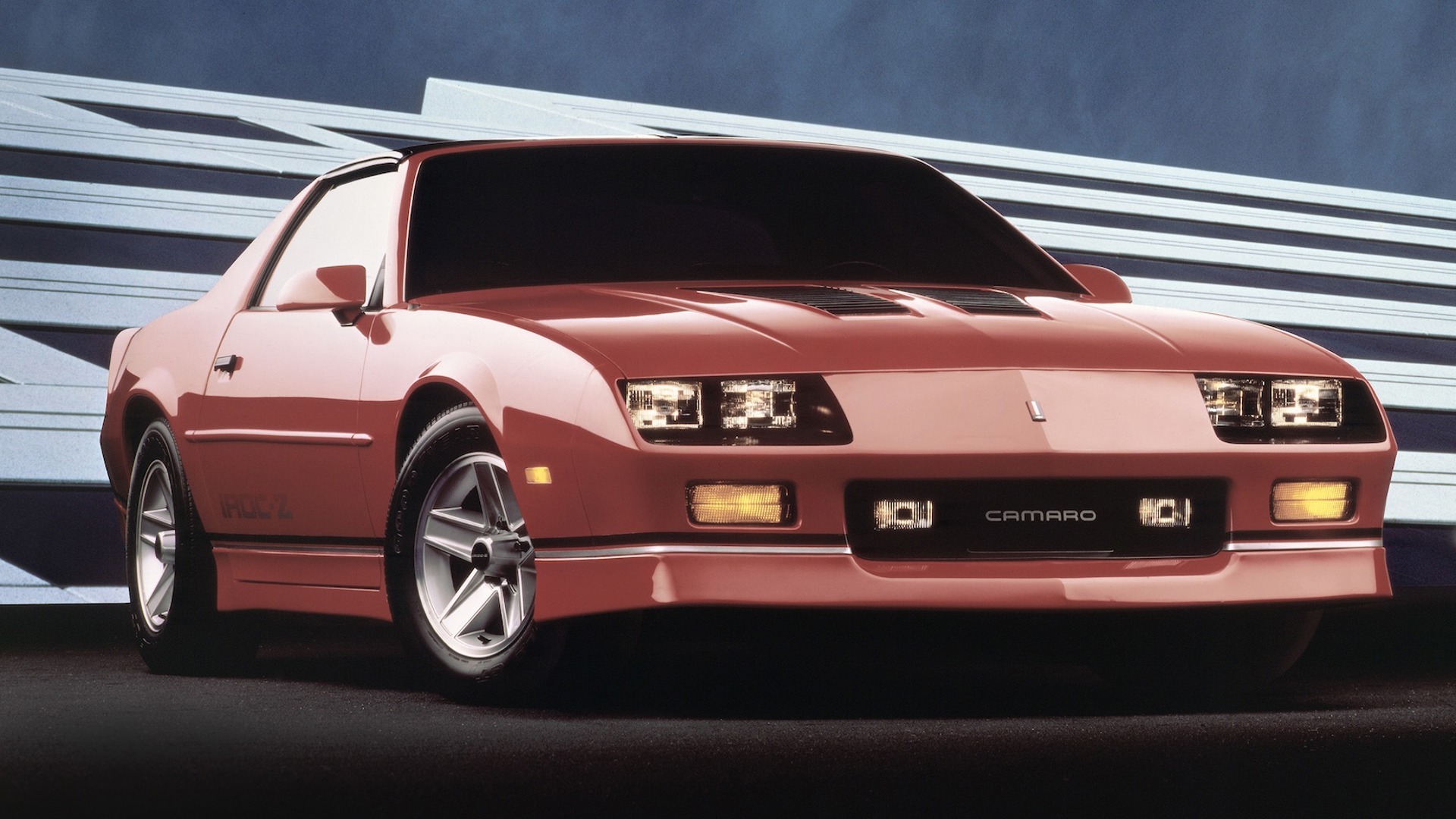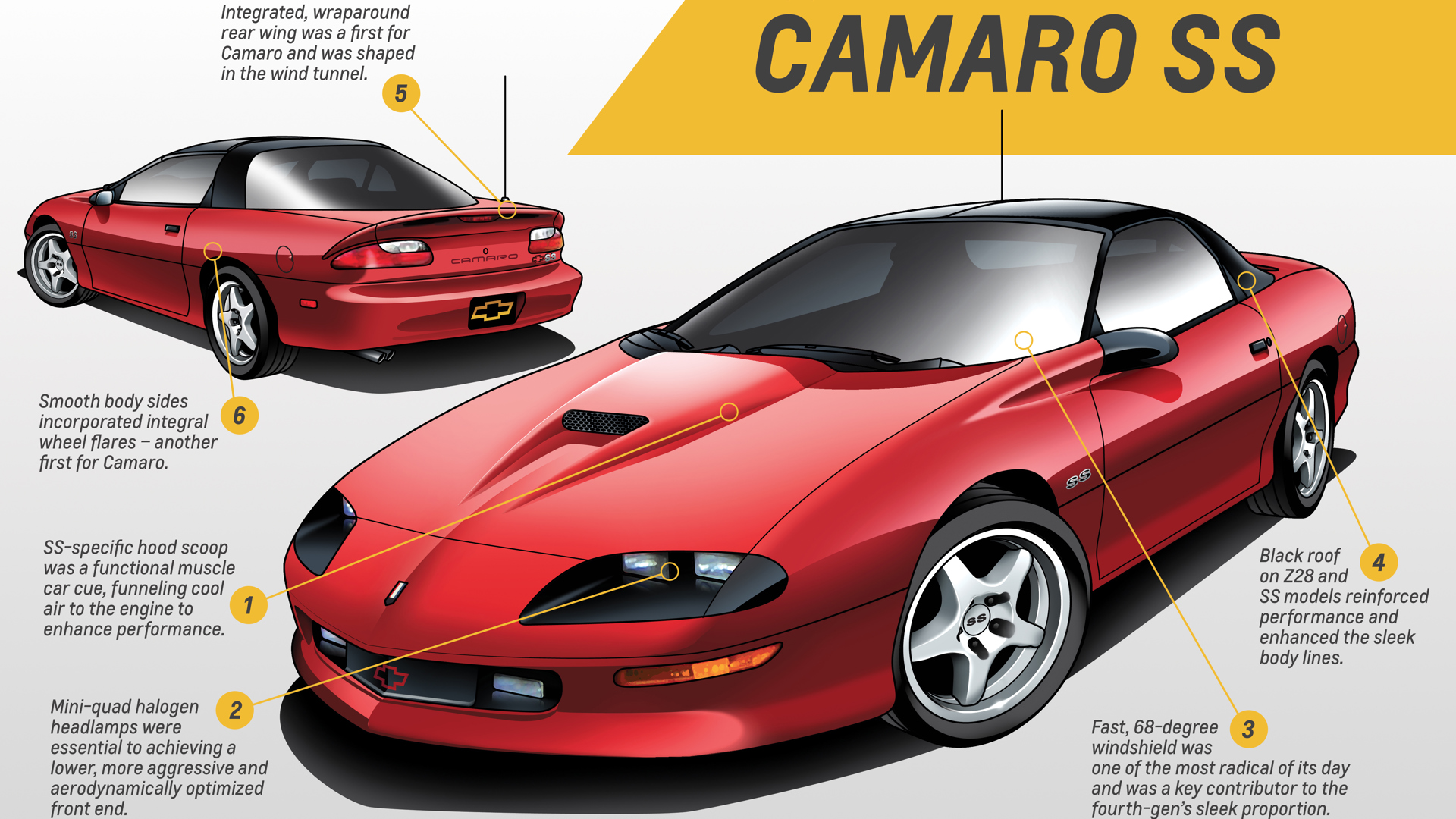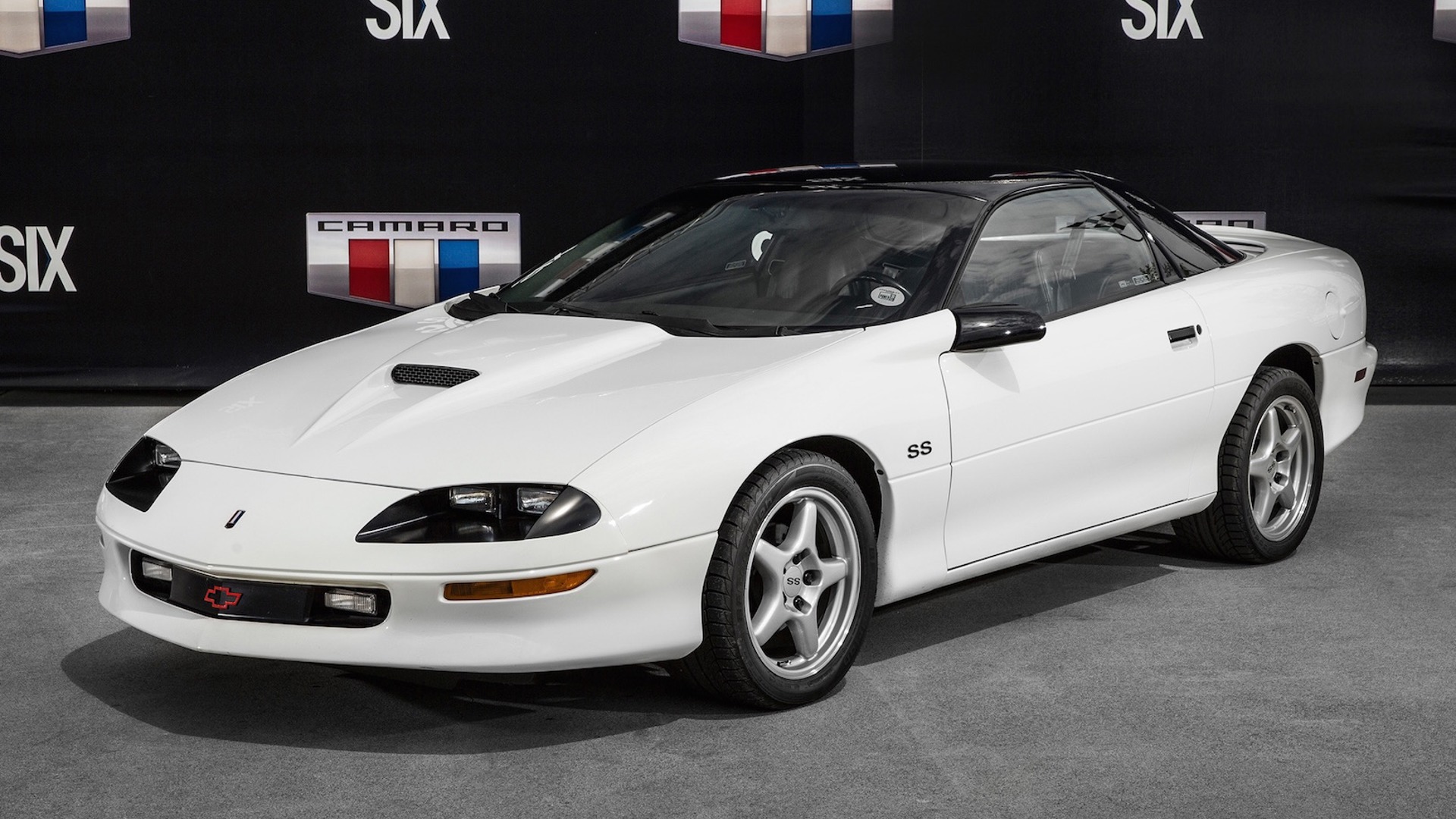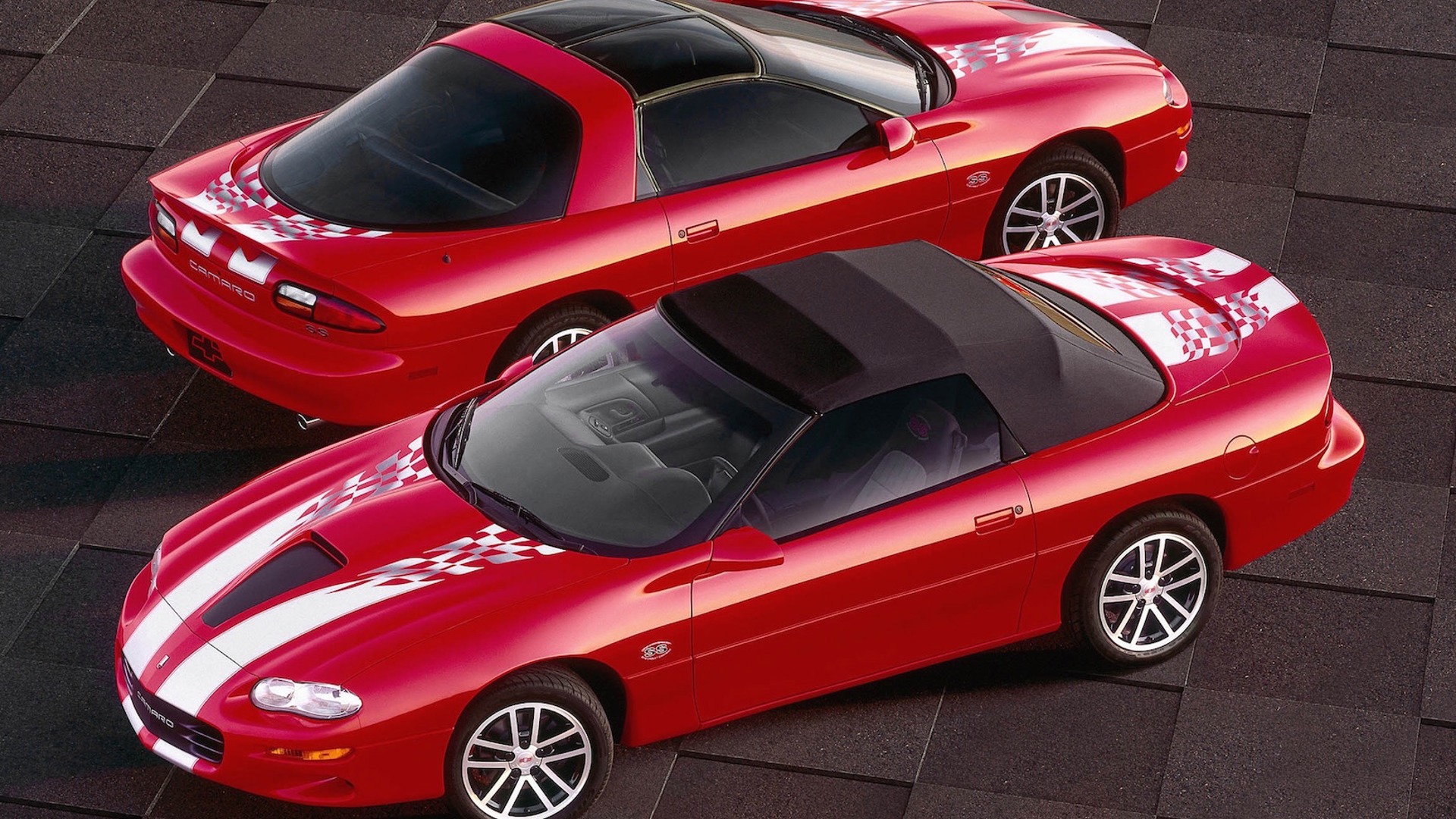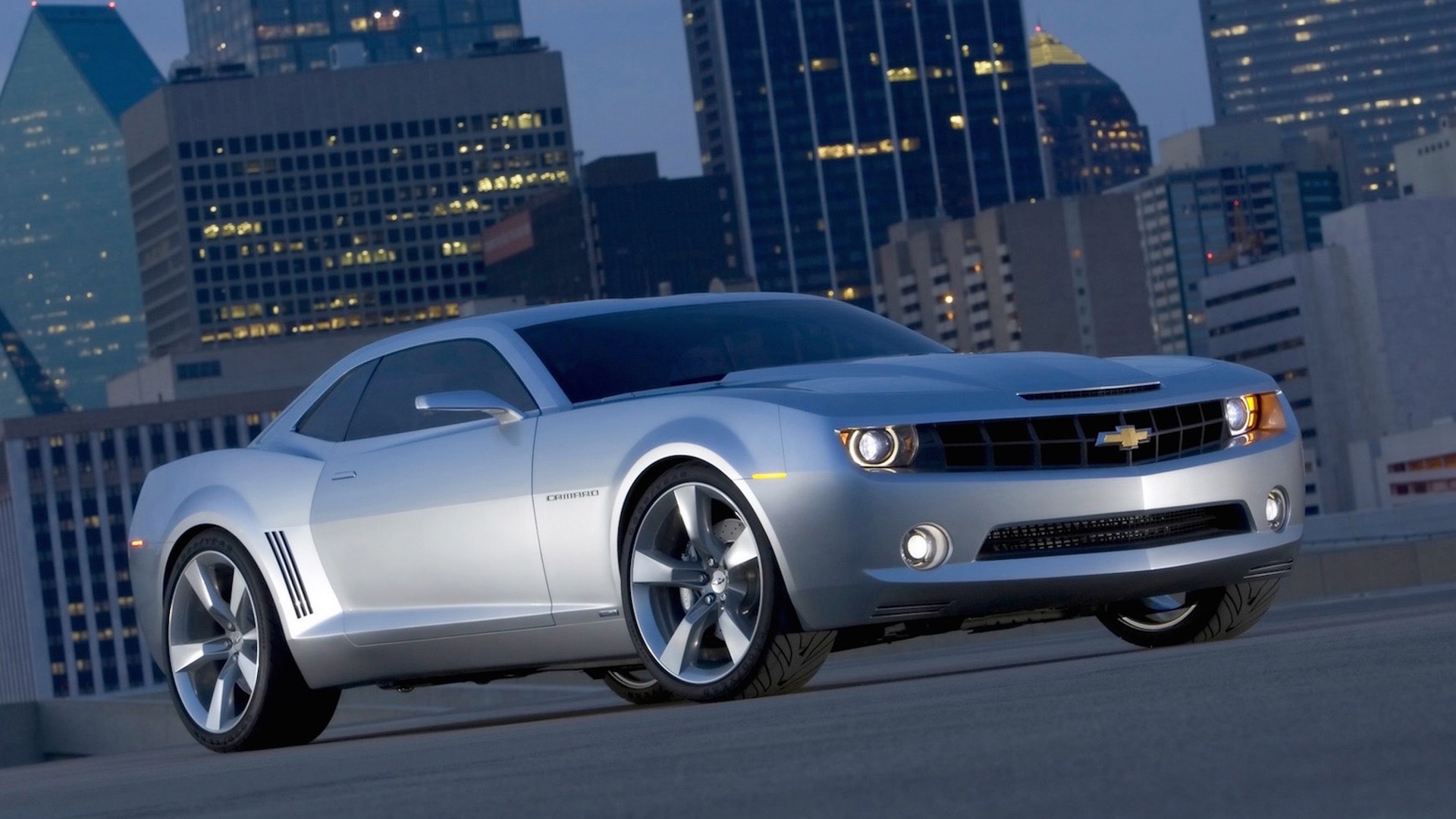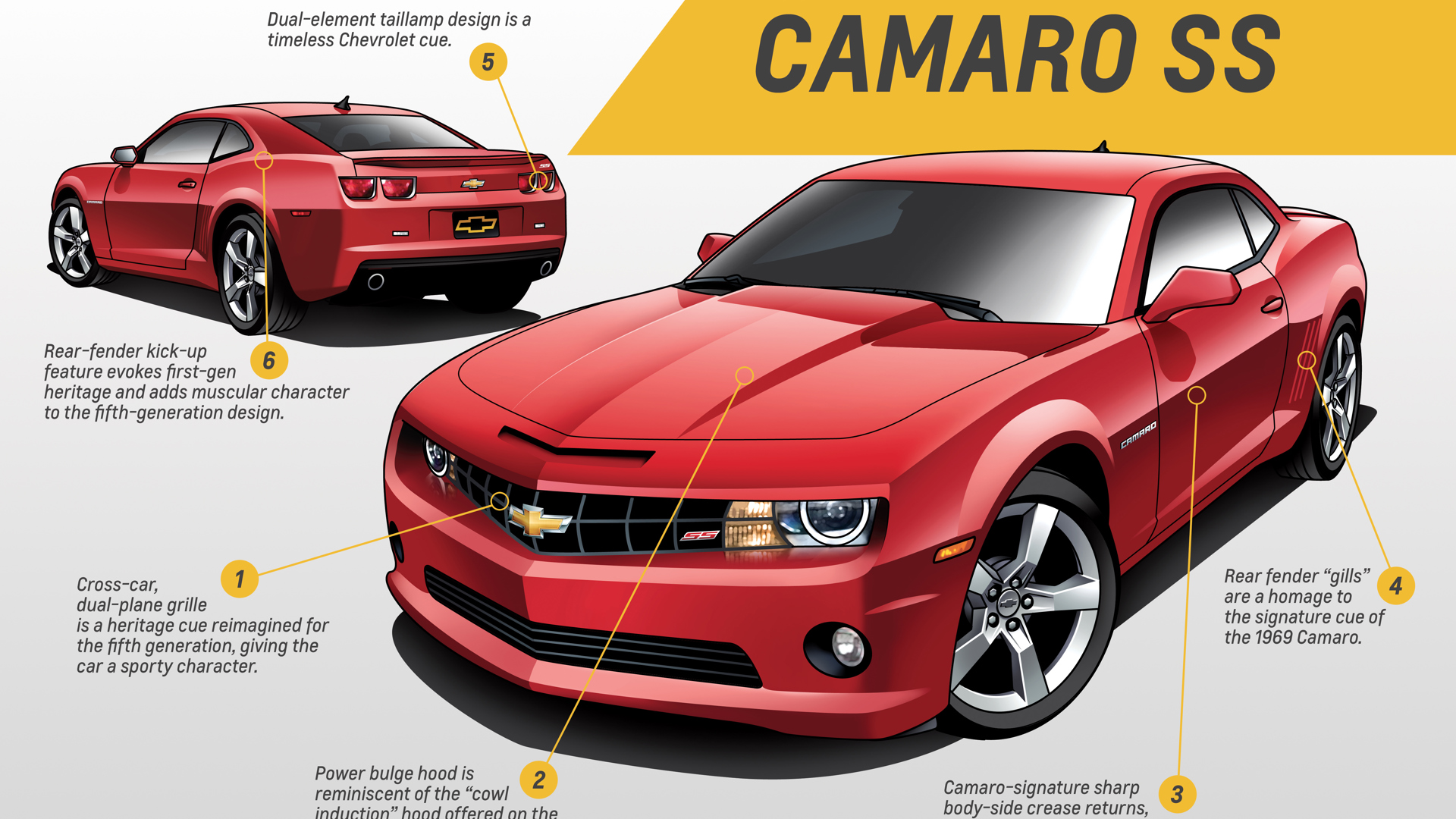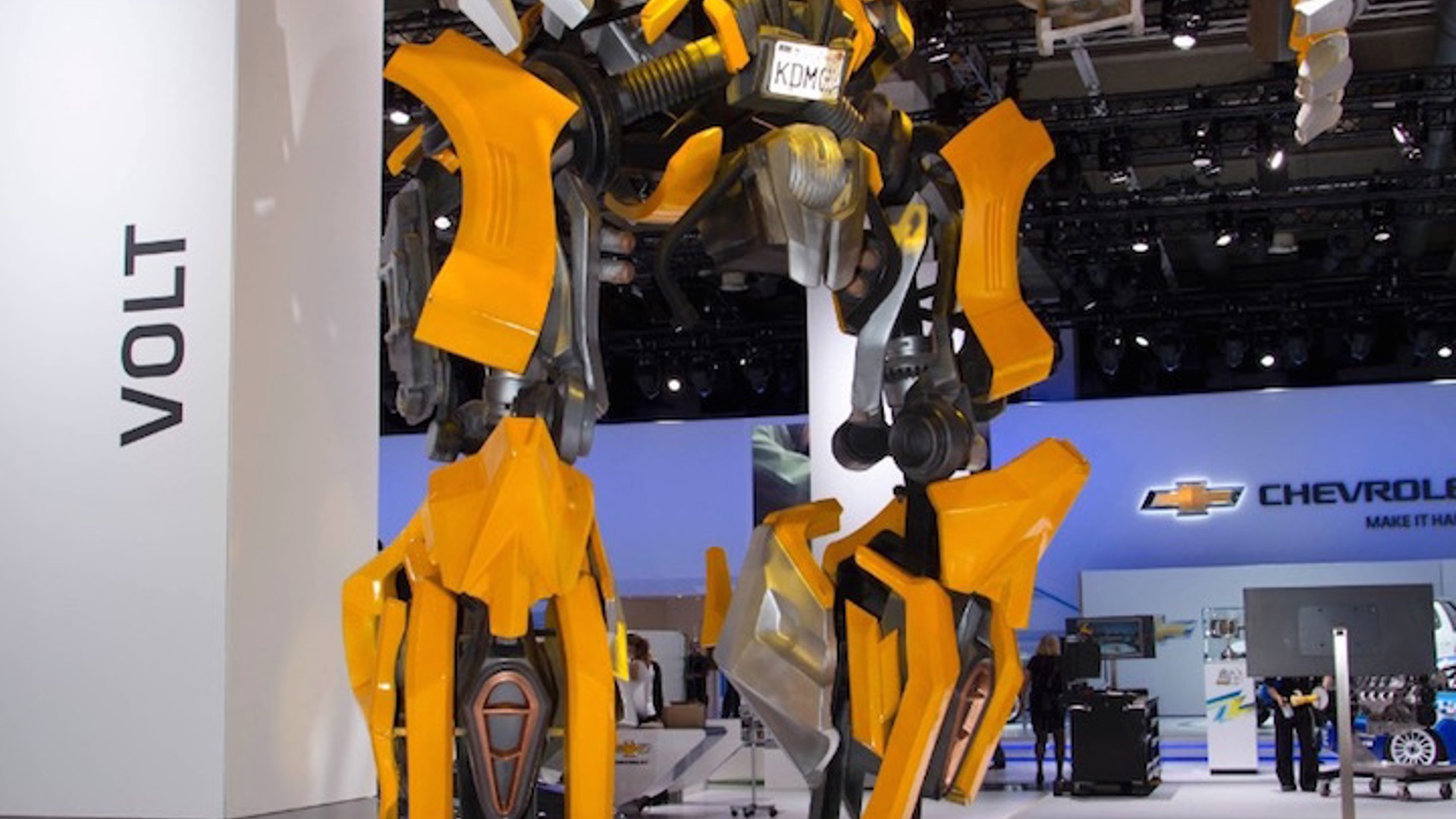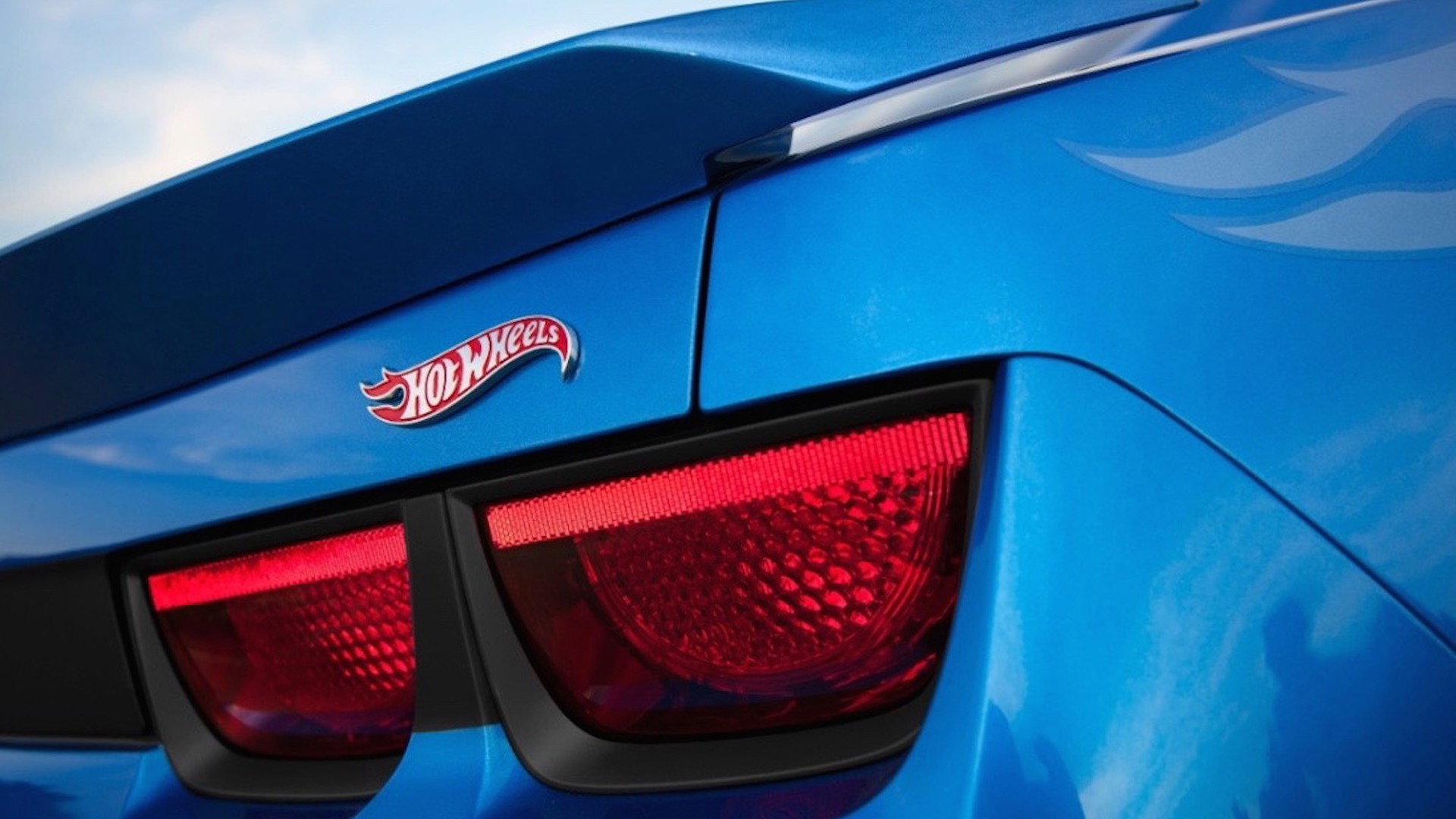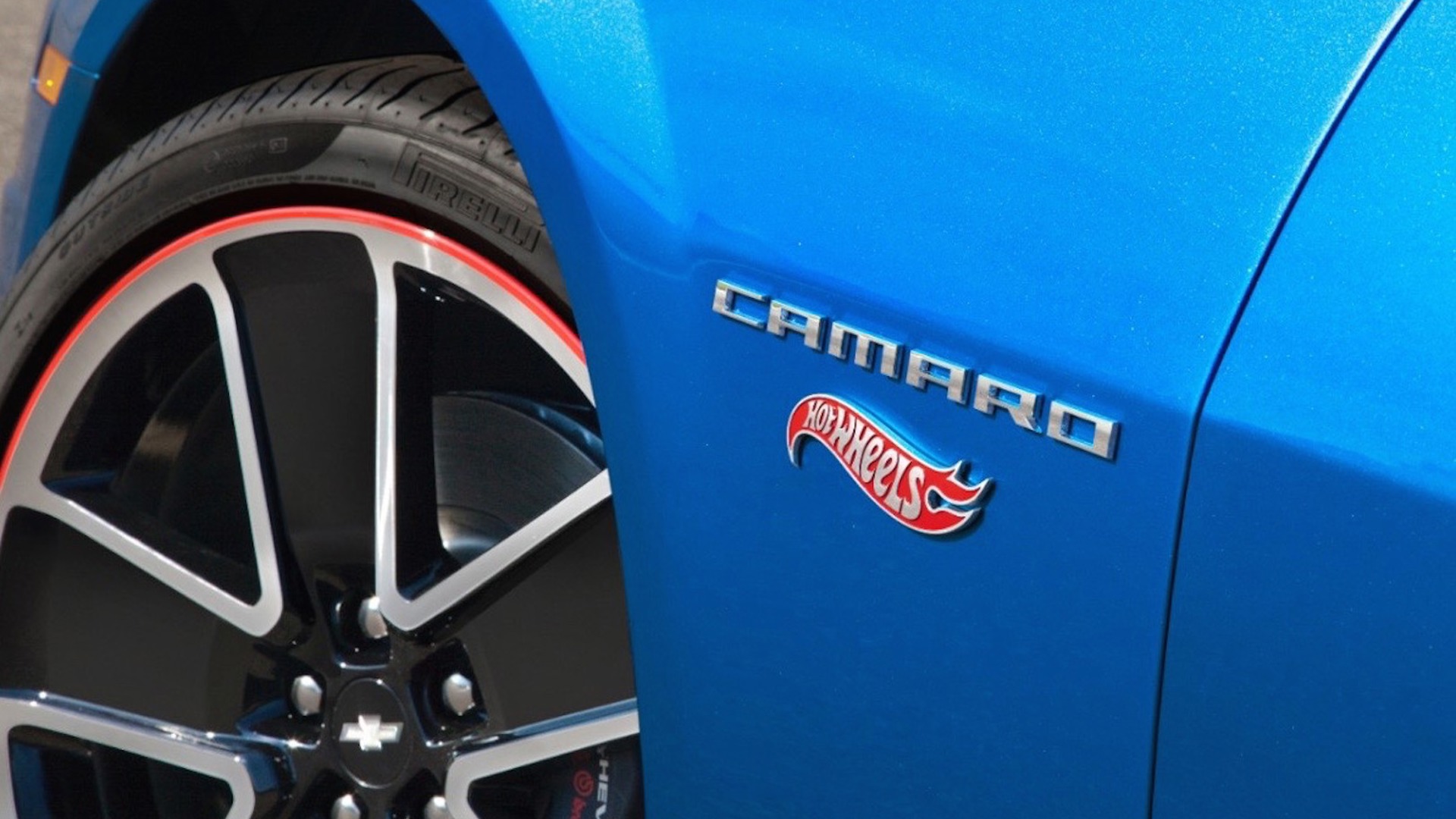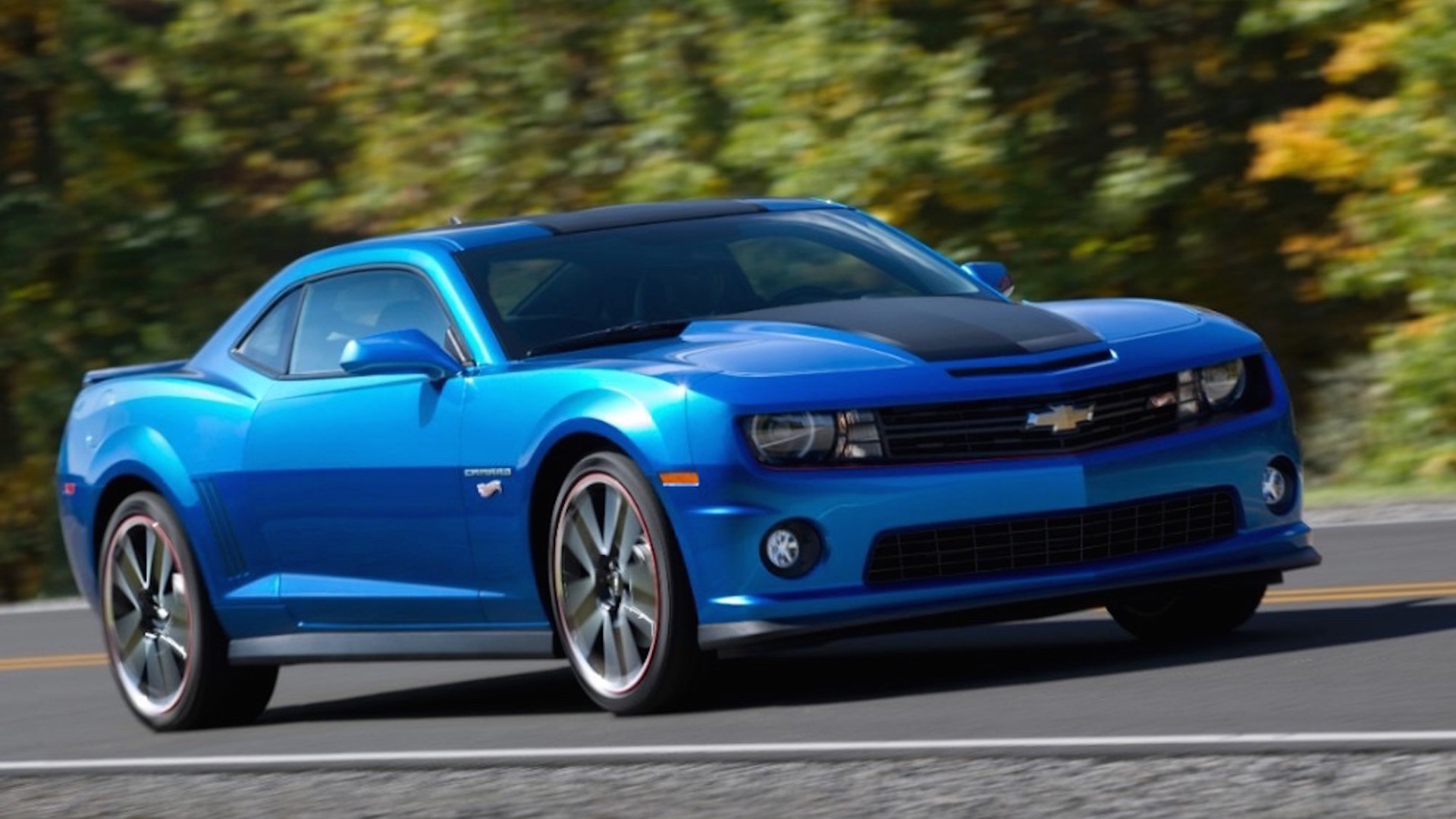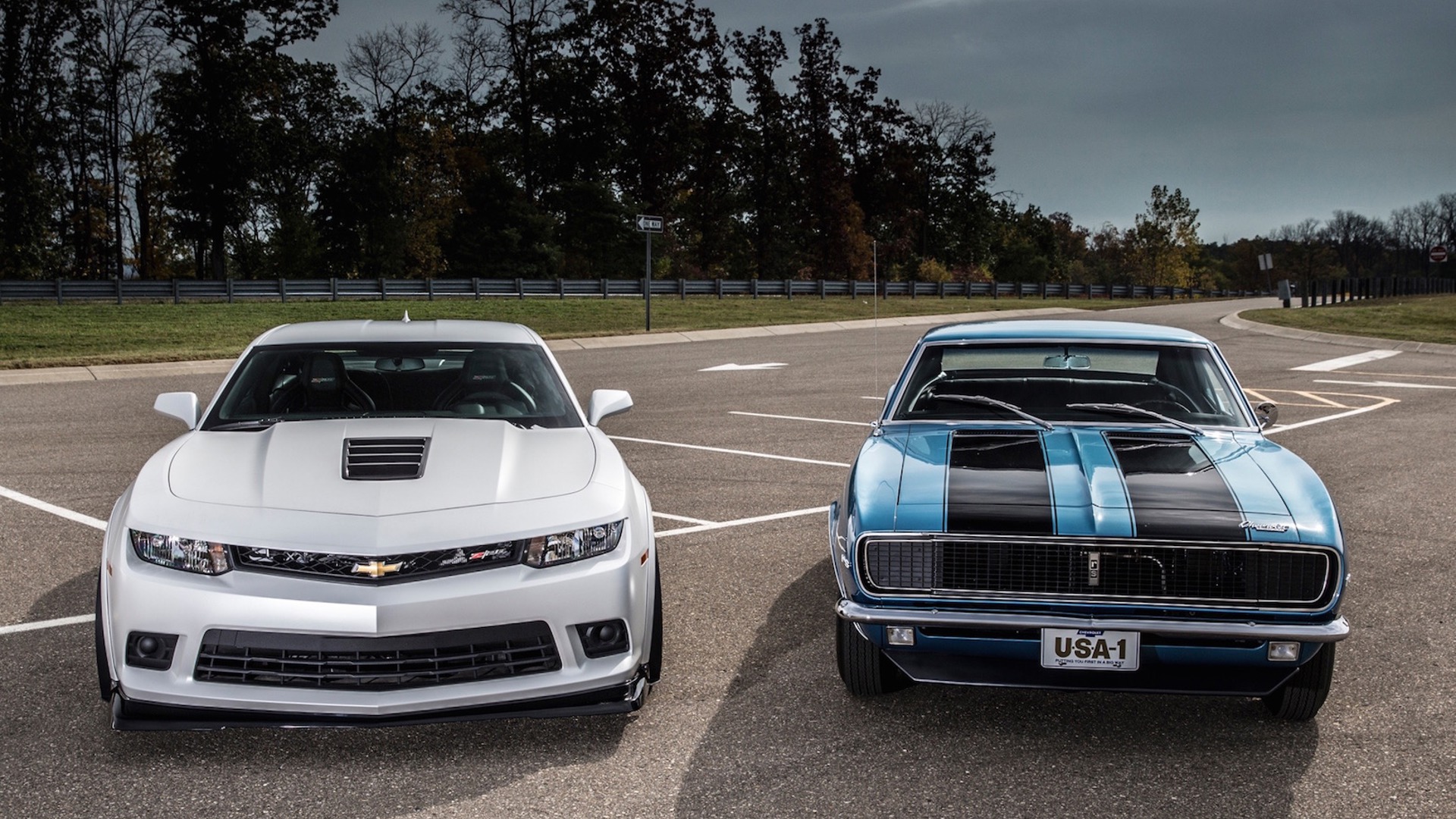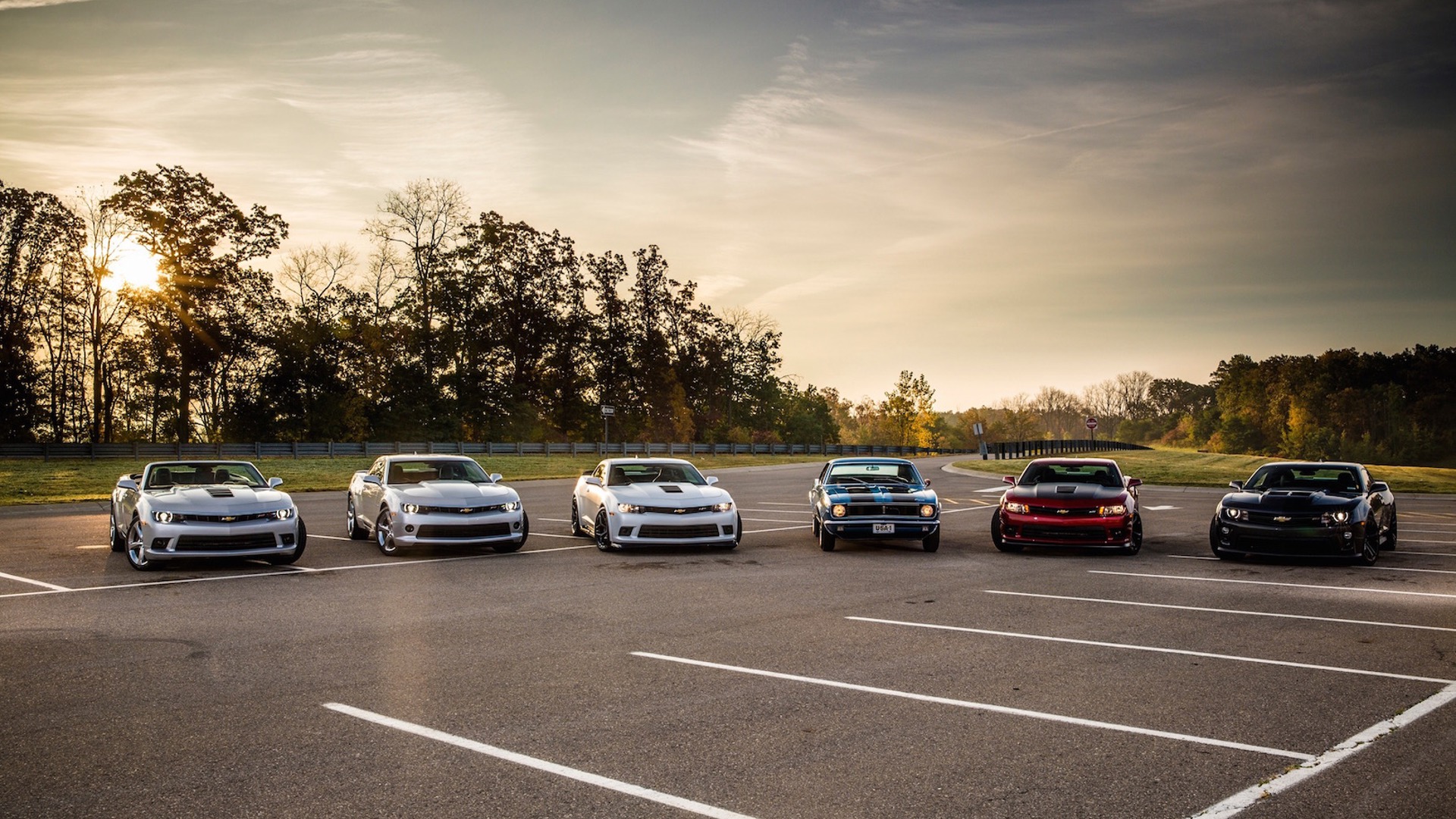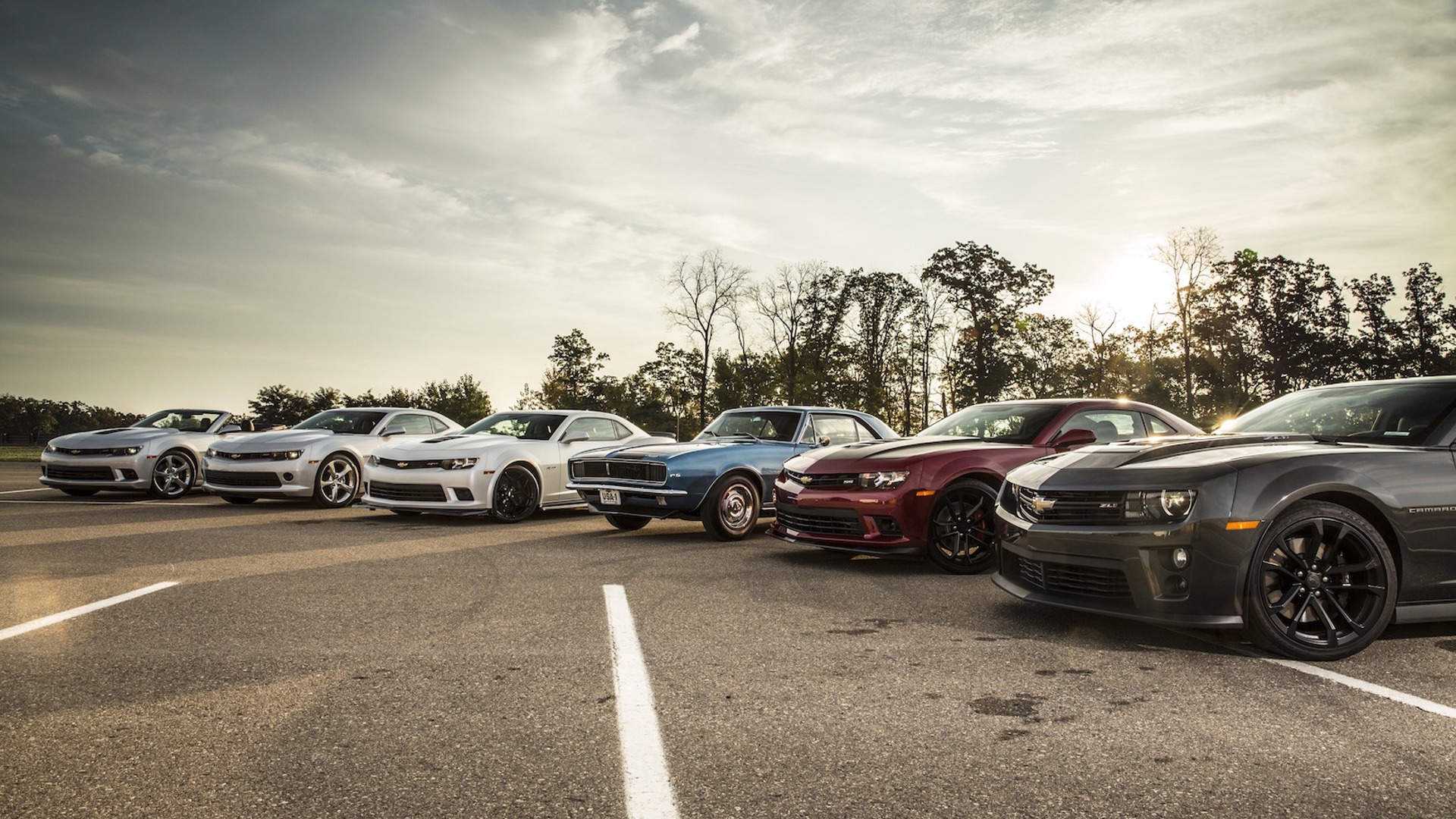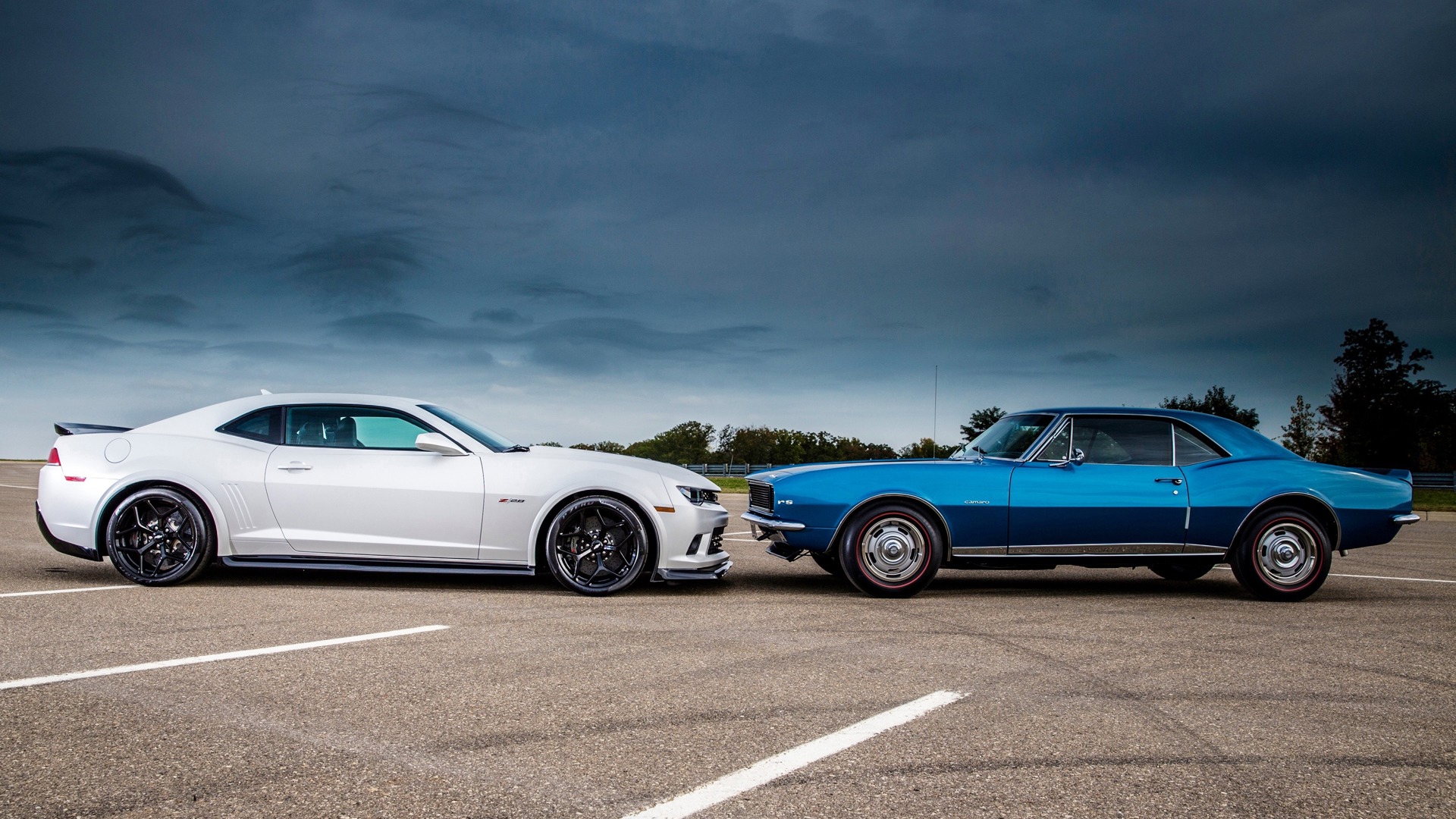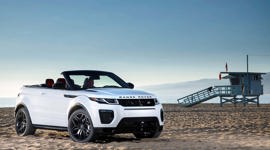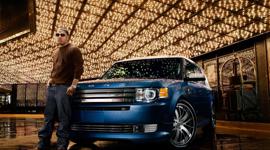“A small, vicious animal that eats Mustangs.” Thusly, the GM brass unveiled the Chevrolet Camaro to the world, kickstarting one of the longest-running rivalries in the automotive world. Declaring a winner is completely impossible: sometimes the Ford was faster, sometimes the Chevy blew its doors off. Sales figures ebbed and flowed, the pair going door-to-door down a drag strip measured in decades.
Perhaps because they weren't released at the same time, the Mustang and the Camaro have always had a back-and-forth one-upmanship that always makes for great competition. Now there's a new one, and people are already calling it a win for the Bowtie; this newest Camaro both hearkens back to its ancestors, and yet puts down numbers that are within a stone’s throw of the mighty Corvette.
How did Chevy manage to beat the Mustang this time? How might they respond to the new Shelby GT350 with GM's own track-special machine? For the answers, we're going to have to take a look back at the Camaro's bloodline.
First generation: 1967-1969
 Belle Isle Camaro Museum-1967 Chevrolet Camaro VIN#001
Belle Isle Camaro Museum-1967 Chevrolet Camaro VIN#001
Seeing the Mustang's almost instantaneous sales success, GM executives couldn't wait to get their own pony car into the race. Like the 'Stang, the first-generation Camaro had the humble underpinnings of a sedan (the Nova II, in this case), and offered stylish coupe looks with a huge range of performance options.
The RS had a few cosmetic tweaks over the base model, and came with the entry-level 3.8L straight-six good for around 140 hp. Mightier Camaros like the SS came with a 327ci (5.4L) V8, the better with which to smoke 'Stangs on the drag strip.
1967 Camaro Z/28
If you're currently impressed by In-N-Out Burger's secret menu, just wait 'til you hear what you could order a la carte from your local GM dealership. If, for instance, that Camaro SS wasn't quite quick enough for you, why not try for the Z/28 option. Not mentioned in sales literature, the Z/28 was basically a factory-ready SCCA racer, complete with Muncie four-speed manual, power front disc brakes, and a high-revving 302ci engine.
1969 Yenko Camaro and ZL-1
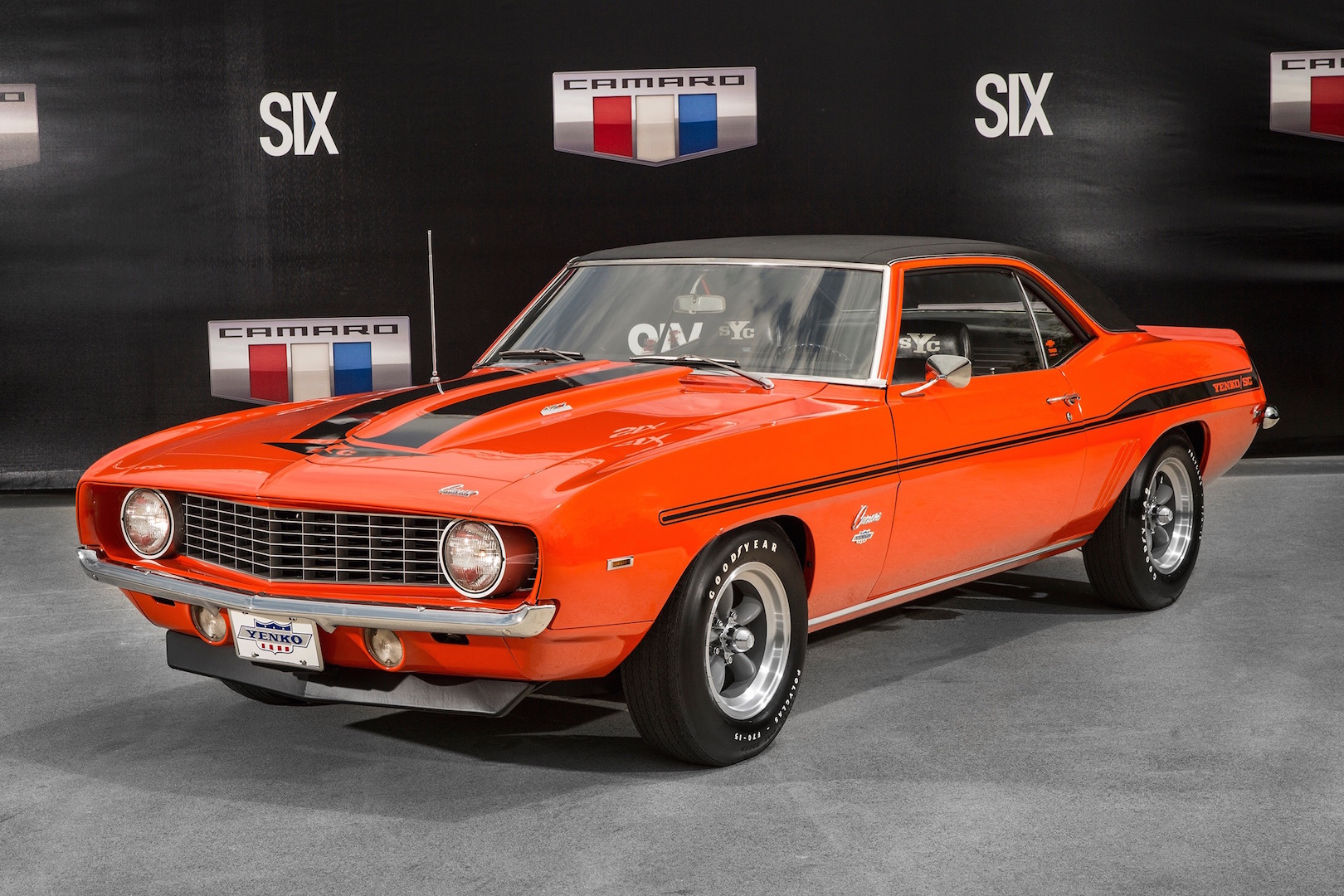 1969 Chevrolet Yenko Camaro-Belle Isle Camaro Museum
1969 Chevrolet Yenko Camaro-Belle Isle Camaro Museum
However, there were bigger orders too. The Central Office Production Order cars were a specialized way to get the biggest-engined Camaros past GM's official internal displacement limits. The infamous Yenko Camaros were ordered with the huge 7.0L Corvette L-72 engine, supposedly underrated at its official 425 hp. Even more expensive and rare was the all-aluminum ZL-1 Camaro; here, the engine option cost as much as the rest of the car, making upwards of 500 hp with a few choice tweaks.
Second Generation: 1970-1981
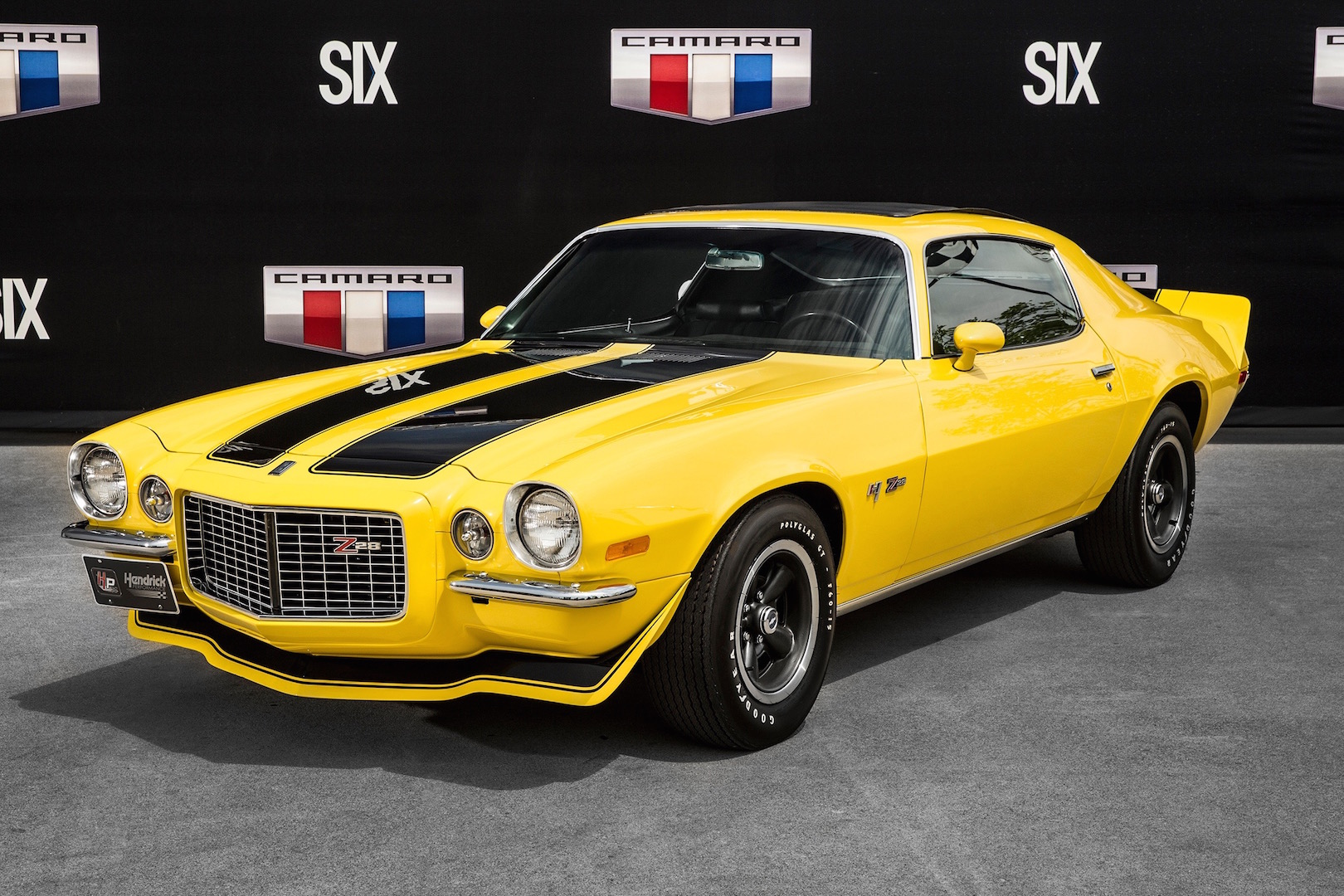 1970 Chevrolet Camaro Hurst Sunshine-Belle Isle Camaro Museum
1970 Chevrolet Camaro Hurst Sunshine-Belle Isle Camaro Museum
1970 Camaro Z/28
Arriving partway through the year, the second-generation Camaro started the decade in optimistic fashion. The first-year Z/28 started free from the emissions controls and more stringent bumper regulations that would start to put the squeeze on all muscle and pony cars because of the oil crisis later in the decade.
It's a very pretty machine, and desirable even next to the more classic lines of the first-gen Camaro. Under the hood, the 360-hp Chevy 350 V8 (at 5.7L) would become a hot-rodder's dream, with a near-endless aftermarket to support it. Just two years later, the Camaro was in trouble, with striking unions causing GM to consider canceling the car entirely.
1978 Camaro Z/28
 1978 Chevrolet Camaro Z28-Belle Isle Camaro Museum
1978 Chevrolet Camaro Z28-Belle Isle Camaro Museum
Standing in stark contrast to the burly first salvo of the second-generation Camaro was the car available towards the end of the decade. Horsepower was down by half. Speed was less important than luxury options and decal packages.
And yet, Camaro sales were through the proverbial roof (in this case, the roof had T-tops for the first time). Ford had transformed their Mustang into the Pinto-based Mustang II, leaving the Camaro with a wide-open playing field. In 1977, the Camaro outsold the Mustang for the first time. It wouldn't be the last.
Third Generation: 1982-1992
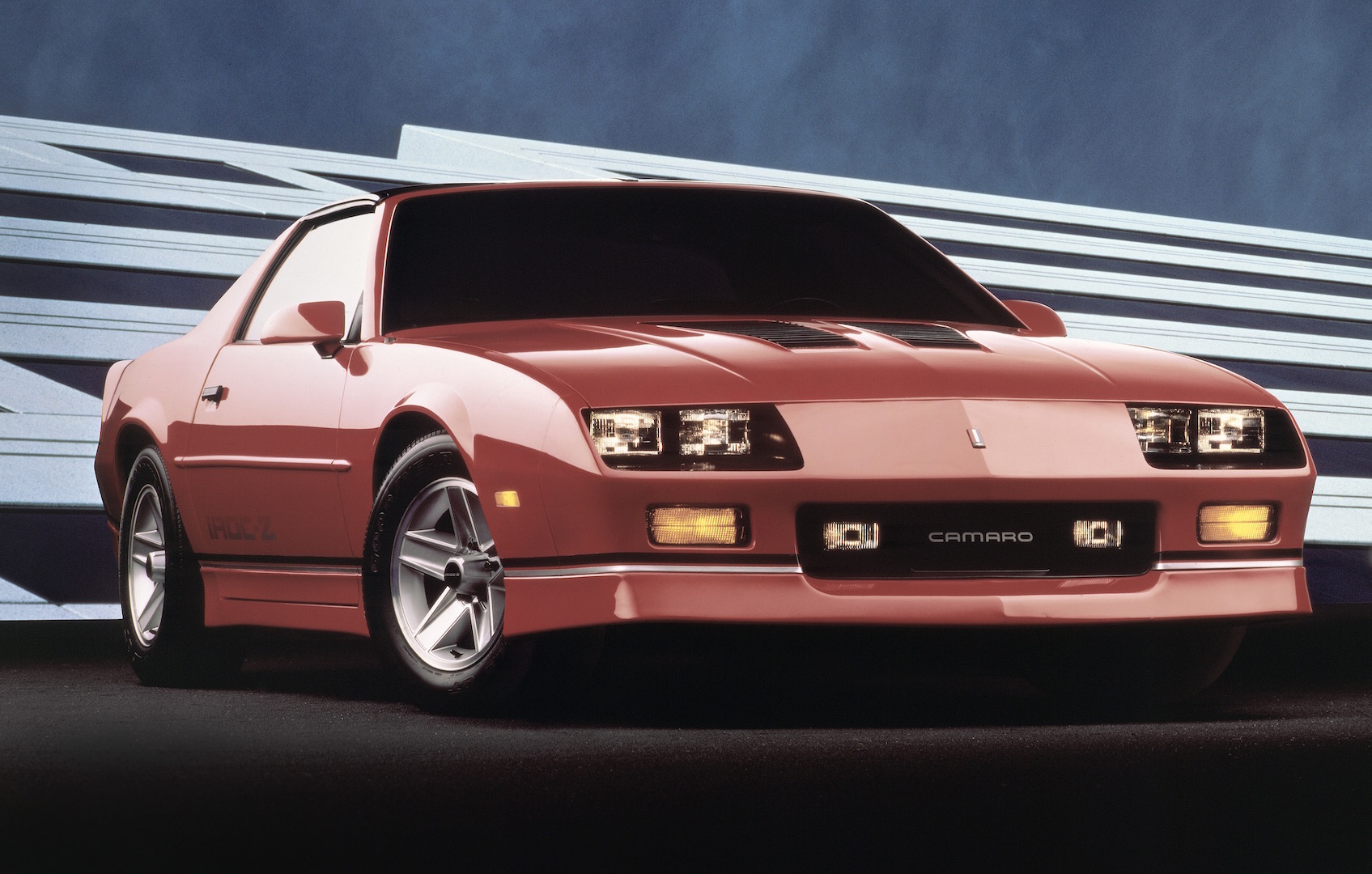 1988 Chevrolet Camaro IROC-Z
1988 Chevrolet Camaro IROC-Z
There's something about the third-generation Camaro that just tweaks the old nostalgia nerve for anyone who grew up in the 1980s. No, it's not the fastest-of-breed, and no, it's not very collectible. Still, something about those square recessed headlights just works.
1985 Camaro IROC-Z
Named after the International Race Of Champions, in which the Camaro had been very competitive, the IROC-Z got improved suspension, as well as a few trickle-down goodies from the contemporary 'Vette. A 215-hp 5.0L V8 wasn't going to set the world on fire, but it was plenty quick enough for the time.
1992 Camaro RCMP
The thing about pony cars is that they're not just available to speed-loving hooligans. In fact, with reasonable cargo capacity and relatively cheap parts, they make just about the perfect police interceptors. And what better way to hunt down a miscreant in a Mustang than with an RCMP Camaro.
Like their US counterparts, the RCMP had the option of ordering the B4C package. An add-on to the base RS coupe, this gave the Camaro a bare-bones interior with all the go-fast goodies to run down the bad guys.
Fourth Generation: 1993-2002
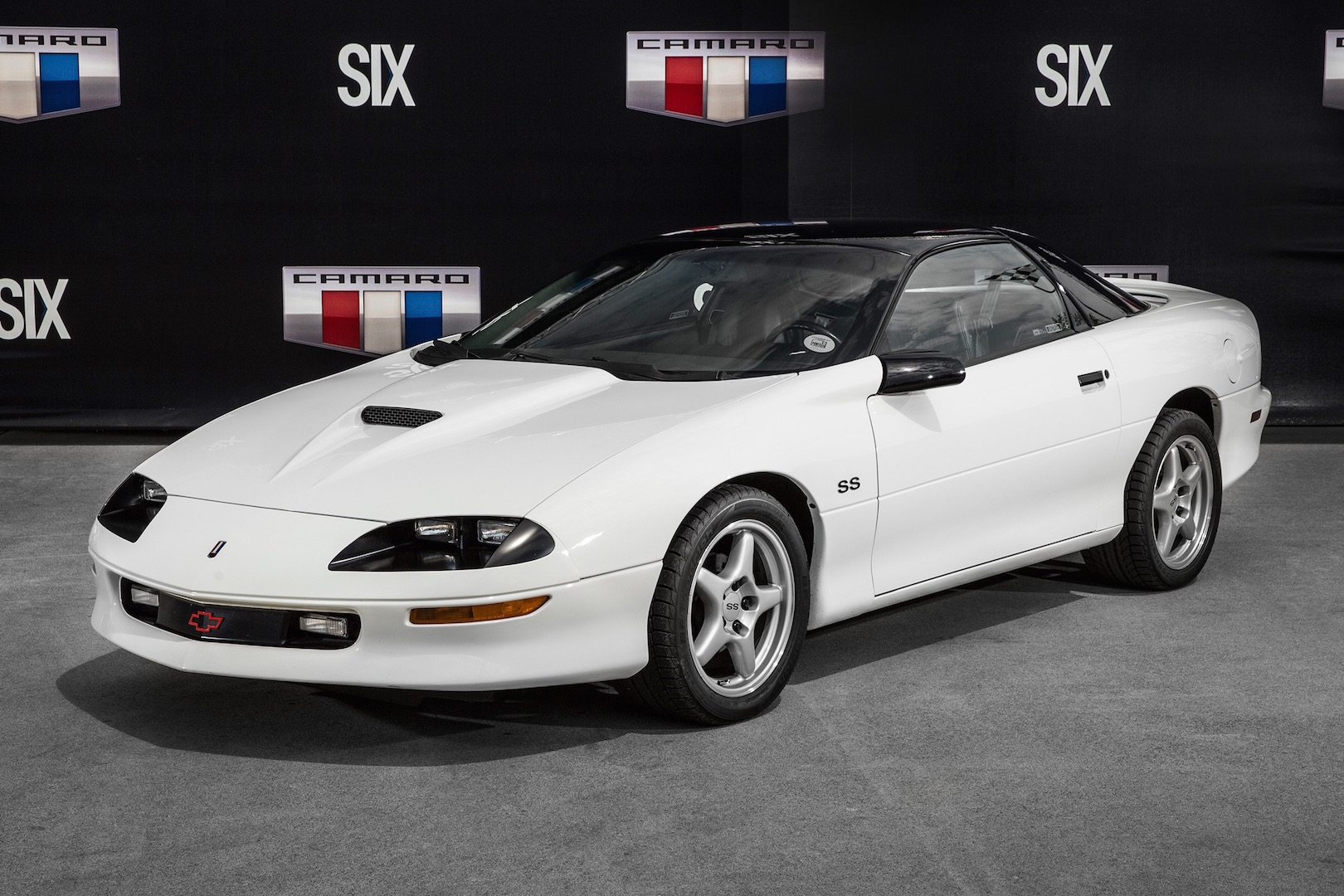 1996 Chevrolet Camaro SS-Belle Isle Camaro Museum
1996 Chevrolet Camaro SS-Belle Isle Camaro Museum
With the fourth-generation Camaro, production moved from California to Canada, specifically Quebec. The car by this time was a far cry from its blunt-prowed ancestor, being instead a sort of 2+2 version of the Corvette, low and wedge-shaped.
A base V6-powered car was still a relatively good performer, equipped with a 200-hp 3.8L six of decent reliability. If all a buyer wanted was a little fun in the sun, then a droptop version with the automatic transmission offered accessible driving thrills. For muscle, though, you'd still have to opt for the SS version, which made as much as 330 hp from its small-block V8.
2002 Camaro 35th Anniversary Edition
For its 35th birthday, GM blew out the candles on the Camaro's cake. With sales declining sharply, even as performance improved, the Camaro was out – GM would chase the profitable SUV market instead.
Still, some sort of send-off was in order. Thus, the 35th Anniversary Camaro, available as both coupe and convertible. All were red with dual stripes, with a 5.7L V8 making something like 325 hp at the wheels.
2006 Camaro Concept
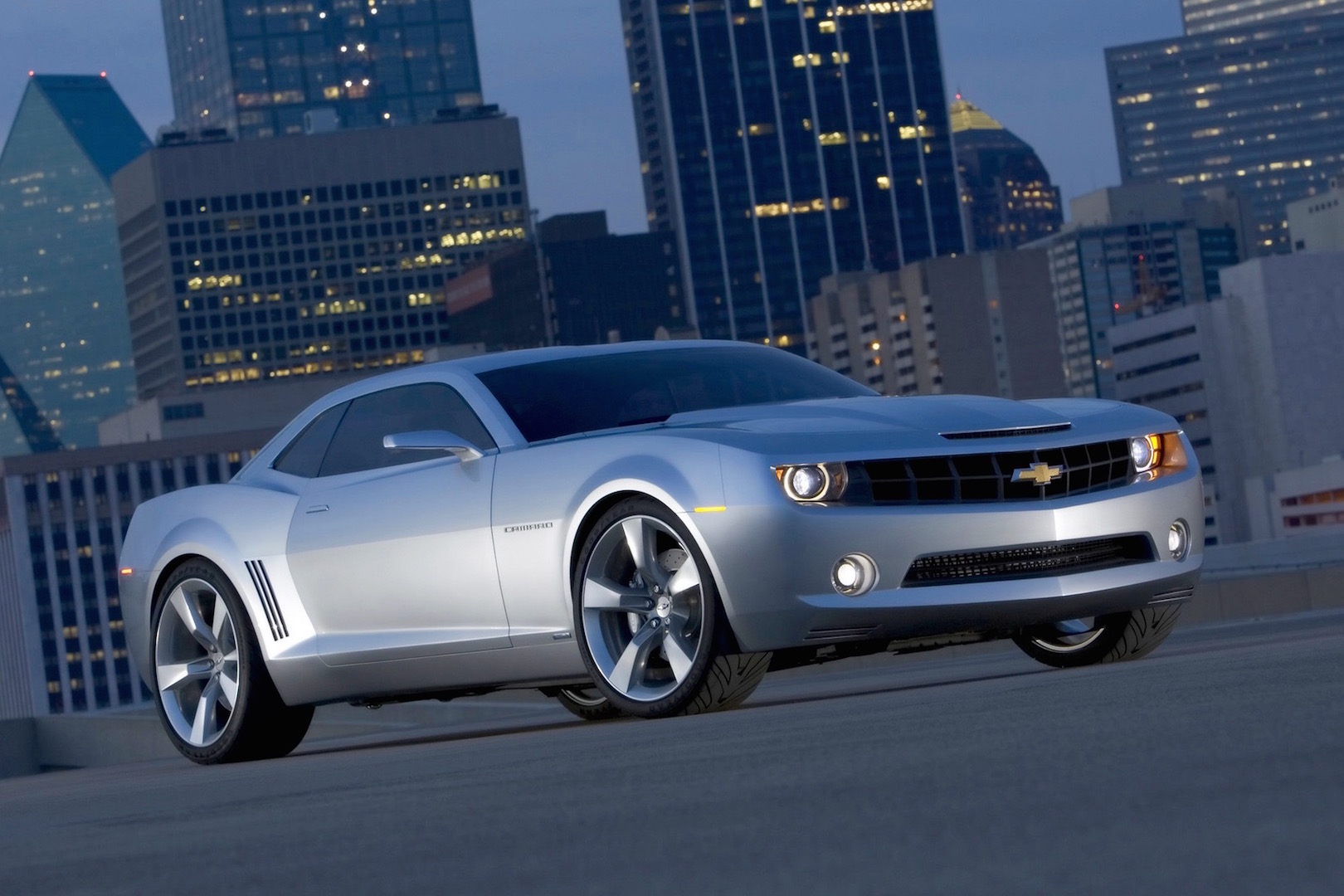
It would take nearly the rest of the decade to get the Camaro fires burning again, but a few staff at GM refused to let the embers die out fully. At the 2006 North American International Auto Show, a new concept was shown in bright red paint, the Camaro reborn.
Seated on a chassis sourced from Australia, the concept got the same bluff prow as the 1960s versions, and featured a modern 6.0L V8 cranking out a claimed 400hp. It looked great, aggressive and fresh, blending the old and the new together.
Fifth Generation: 2010-2015
2010 Camaro “Bumblebee”

It's hard to tell whether the Transformers movie tie-in helped or hurt the new Camaro. Either way, GM was all too ready to let their new Autobot star shine, making available a special-order package with yellow-and-black paint.
For Canadians, the Camaro would end up saving many jobs at GM's Oshawa plant. Instead of closing, the plant now found its fires re-stoked by the public's pent-up demand for the Camaro – the car was a hero to many, on screen and off.
2012 Camaro Hot Wheels SE
Camaro fans come in all shapes and sizes – and ages. As a matter of fact, the very first Hot Wheels ever produced was a Camaro, 1/64th scale in blue.

For 2012, Chevrolet brought the Hot Wheels back – in full-sized form. Buyers could opt for either the V6 or V8 versions, and then spec a package that included a host of cosmetic and aerodynamic upgrades, including 21-inch blacked-out alloys with a thin red stripe to emulate the classic look of those original toy cars. Now that's a set of hot wheels.
2014 Camaro Z/28
For the penultimate year of the fifth-generation Camaro, the Z/28 designation returned with a vengeance. This time GM's most extreme Camaro offered square-stance 305-mm Pirellis at all four corners, Brembo brakes up front, and a massive 7.0L V8 stolen from the Corvette.
It was an old-school recipe concocted with modern ingredients, and track day enthusiasts were smitten. However, this would be the last of the heavy-hitter Camaros, as something lighter was on the way.
Sixth Generation: 2016 Chevrolet Camaro RS and SS

Happily, the 2016 Camaro SS retains its optional big V8 heart for its sixth generation, although there's a new turbocharged four-cylinder if you'd like, though the V6 remains the standard powertrain. The numbers are in and they're amazing. Equipped with a manual, the SS runs to within just a few tenths of the Corvette for acceleration, and can turn at nearly a G on the skidpad.
It also handles transitions better, and boasts fade-free brakes. Now built on the Alpha platform it shares with the excellent-handling Cadillac ATS, the Camaro is once again a small, vicious animal that eats Mustangs.
